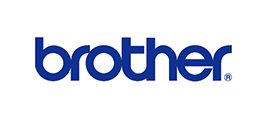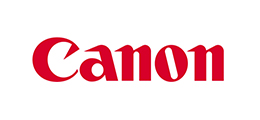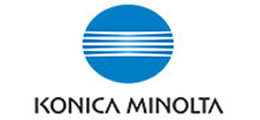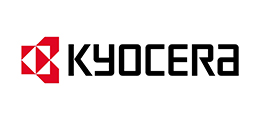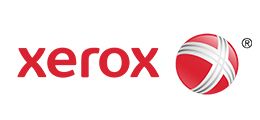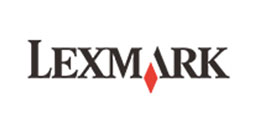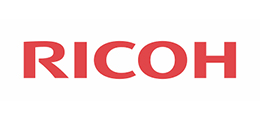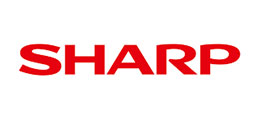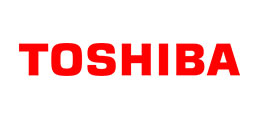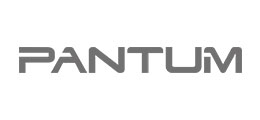Understanding the Differences: Cartridges with Chips vs. Without Chips
In today’s digital age, printers and their components play an essential role in both personal and professional settings. One often overlooked aspect of printer operation is the ink cartridge, which can be a source of confusion for many users. Specifically, cartridges can either come equipped with a chip or be devoid of one. Understanding the differences between these two types of cartridges is crucial for making informed purchasing decisions and optimizing printer performance.
What Are Toner Cartridges?
Before delving into the distinctions, it’s important to clarify what toner cartridges are. An ink cartridge is a component used in laserjet printers, intended for storing and dispensing toner cartridges onto paper. Cartridges can vary based on the type of toner, the printing technology used, and whether they include additional features such as chips.
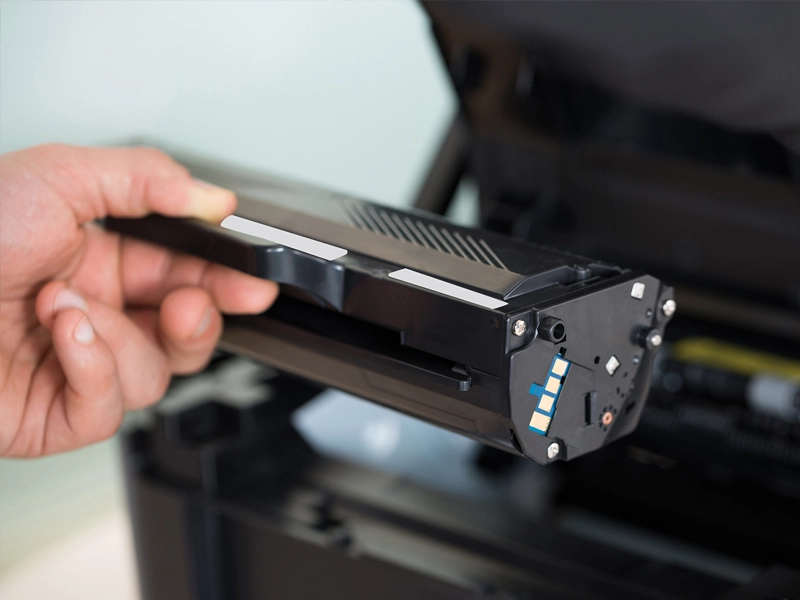
Cartridges with Chips
1. Functionality and Technology: Cartridges with chips include an integrated microchip that plays several crucial roles. These chips help in monitoring the ink levels within the cartridge, providing users with accurate information regarding the remaining ink. This capability allows for proactive replacement before running out, reducing the risk of interrupted print jobs.
2. Compatibility and User Experience: The chip serves as a communication tool between the cartridge and the printer. When a chip-equipped cartridge is inserted into a printer, it authenticates itself with the printer’s firmware. This authentication process ensures that the cartridge is compatible, often preventing the use of counterfeit products or non-genuine cartridges. While this offers some security for manufacturers, it can restrict third-party cartridge options, leading consumers to rely on more expensive brand-name cartridges.
3. Features and Alerts: Chipped cartridges can provide alerts for potential issues, such as low ink levels or the need for maintenance. They also support additional features like automatic refill warnings or tracking usage statistics, enhancing user experience.
Cartridges without Chips
1. Simplicity and Cost: Cartridges that are devoid of chips generally offer a more straightforward design and can often be less expensive. These non-chipped cartridges can be appealing to budget-conscious consumers or those who prefer to use refillable options.
2. Compatibility Challenges: Since non-chipped cartridges do not require authentication with the printer, they can be used in various printer models without communication barriers. This can also lead to increased use of generic or third-party cartridges, which can free users from the constraints often imposed by manufacturer-specific products.
3. Ink Level Monitoring: On the downside, without a chip, these cartridges do not provide ink level information. Users may find themselves manually checking ink levels, which can lead to unexpected runs out of ink during printing jobs. This inconvenience may result in more frequent printing interruptions.
Pros and Cons
To summarize the key points, here’s a quick overview of the pros and cons of both types of cartridges:
| Feature | Cartridges with Chips | Cartridges without Chips |
|---|---|---|
| Cost | Generally more expensive | Often cheaper |
| Ink Level Monitoring | Yes (built-in monitoring) | No (manual checks required) |
| Compatibility | Specific to printer models | More universally compatible |
| User Experience | Can provide alerts and usage stats | Simple design but fewer features |
| Counterfeit Prevention | Authenticates to prevent counterfeits | No authentication, risk of using counterfeits |
Conclusion
When choosing between cartridges with chips and those without, your decision will largely depend on your individual needs, usage patterns, and budgetary constraints. If you prioritize ease of use, monitoring capabilities, and compatibility assurance, a chipped cartridge may be the better choice despite the higher cost. Conversely, if affordability and flexibility are paramount, non-chipped cartridges can offer a viable solution, albeit with certain limitations.
Ultimately, understanding the nuances of these cartridges can help users make smart decisions that enhance their printing experience while aligning with their financial considerations. Whether you opt for chipped or non-chipped cartridges, being informed enables better management of resources and productivity in your printing endeavors.

